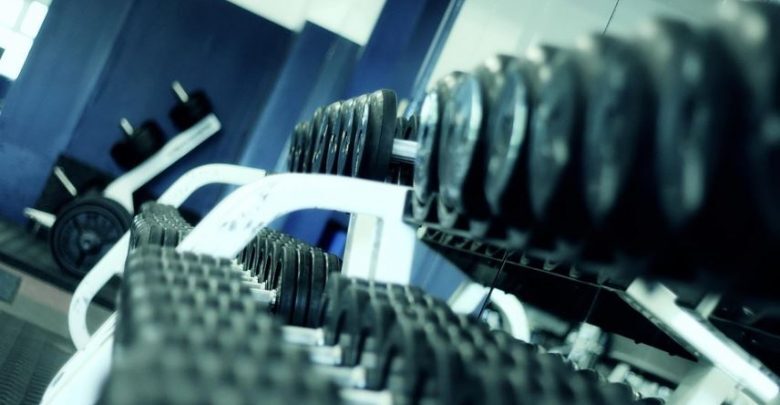Core training in triathletes: beginner level

We propose some basic isometric exercises, adapted to start from the lowest level and be able to progress to the final position
I'm sure you've heard about the importance of the Core work for triathlon performance, but you may not know how to get down to work. Keep reading to know the basic exercises to get started in strengthening the core.
Our proposal is based on basic isometric exercises, adapted to start from the lowest level and be able to progress to the final position. Before we start, we give you four basic tips for the correct execution of these exercises:
- Begin holding each exercise until you see that you can not maintain the technique of execution correctly, that is to say, do not endure at the expense of compensatory positions due to fatigue.
- More is not better. A Intermediate duration of 30 up to 45 seconds It will be enough. When you have achieved this, new challenges will come with less support, movement or unstable surfaces.
- Activate transverse and the pelvic floor. To do this, perform a movement similar to when you can not comfortably close a trouser (active transverse) while simulating a containment and elevation of sphincters (activation of pelvic floor).
- Lends a lot attention to your lumbar curvature to avoid a "collapse" of it that causes all the tension to fall on that area.
Do each exercise once and repeat everything until you achieve the whole circuit 4 times. We present you the adapted modality of lower level for each exercise, so you can start with the adapted version and progress to the end:
Front iron.
![]()
Support your forearms with a width similar to your shoulders, keeping the elbow aligned with the shoulders. Support the tip of the feet keeping the legs together. Keep your eyes on the floor with the neck in extension of the spine. Initiation variant: supports the knees.
Side plate.
![]()
Support one of your forearms with the elbow aligned with the vertical of the shoulder. It supports the external lateral of one foot placing the other one on this one. Elevate your hip while maintaining a diagonal from your head to your feet. Stretch your free arm towards the ceiling. Initiation variant: supports one or both knees
Inverted plate.
![]()
Face up, support your hands on the vertical of the shoulders, with the fingers forward or outwards. Support the back of the heels and raise the hips to form a diagonal from the chest to the feet. Initiation variant: supports the sole of the feet.
Superman.
![]()
In quadruped, support hands and knees forming a right angle with the shoulders and hips, respectively. Stretch opposite leg and arm and hold the posture without arching the lower back. Initiation variant: starts with a minimum elevation and progresses to horizontal
Front iron with hands.
![]()
Rest your hands on the floor with a width similar to your shoulders, in line with the shoulders. Support the tip of the feet keeping the legs together. Keep your eyes on the floor with the neck in extension of the spine. Initiation variant: supports the knees.
Constancy in training is the basis for progression, so include your routine at least 3 days a week and gain performance through your core.
Photos: Nacho Jiménez Triathlon coach
Laura García Cervantes
Dra. Science of Physical Activity and Sport
Technical Director Club Trikatlón Tres Cantos
Triathlon and Swimming Senior Trainer
Paratriathlon Specialist Trainer
There are no previous results.




























